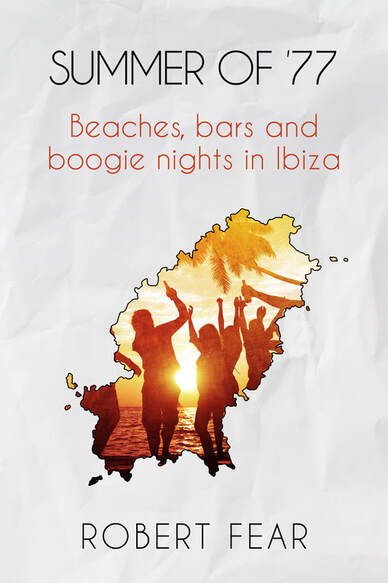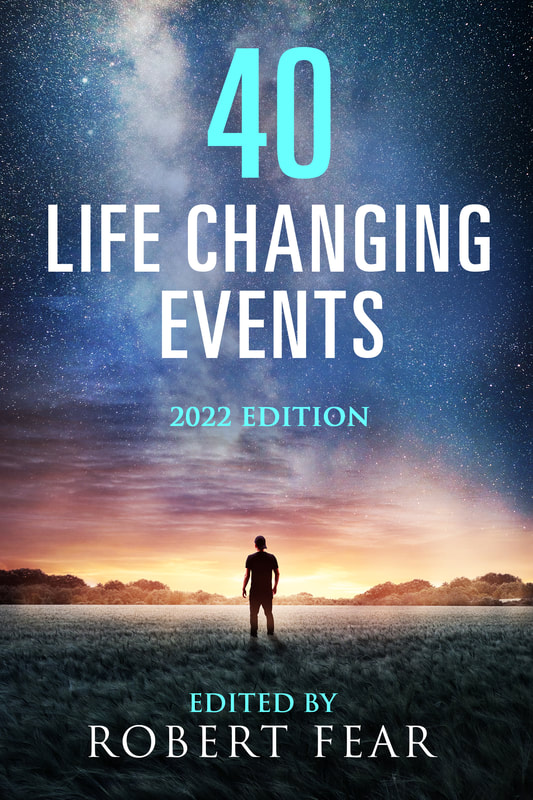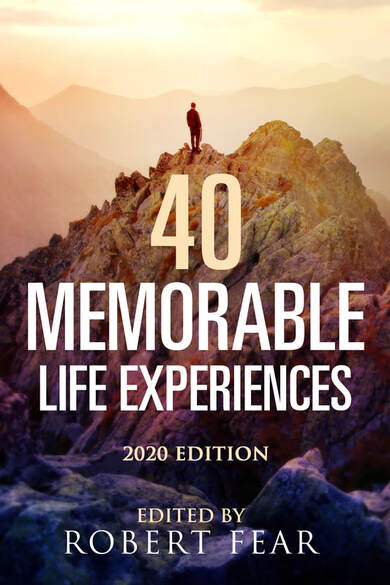Resilience tested by Roger Knight
St. Brendan’s hospital Bermuda 1978-1979
The pink painted building on the hill, with its white washed roof, looked innocuous enough, until I passed through the double-locked doors of its maximum security ward, as I felt my pulse quicken, despite my previous experience of working in forensic psychiatry.
The menace of the place was palpable enough, the dynamic dangerous. Patients were pacing the floor, like confined animals, giving the occasional hostile glare. Establishing any rapport, presented a real challenge, as I was not even perceived as a nurse, but instead, as we were often referred to, as Roman soldiers. The hostility was further exacerbated, by the fact that that the majority of patients were black and the nursing staff white.
All I could realistically do, was keep my back to the wall, communicate matter-of-factly, whilst all the time, being ready to deflect any physical assault, that occurred on a frequent and unpredictable basis.
Despite having adequate seclusion facilities and neuroleptic medication to hand, this did little to assuage the anxiety associated with managing a disruptive patient, where any acting out or disturbed behaviour was escalating to the point of inevitable confrontation.
Once a patient was restrained, secluded and medicated, my stress level would drop off momentarily, but only until the next episode which sometimes, was with little or no warning. In a way, they were less stressful, as there was no build up and therefore no anticipatory anxiety was generated.
Constantly having to stand your ground, trying to project an air of being in control and not appearing threatened, was demanding in itself. You had to appear as tough as your patients, if not tougher, and supremely confident in being able to handle yourself, despite many of the patients being twice your size. It was almost an unspoken game of bluff, that you had to play and if they saw through your bluff and you were unmasked, any respect would quickly evaporate, and you could become a victim of attack.
Some patients, particularly the forensic referrals, would often test you out, to see how far they could push you, as though seeking your Achilles heel.
There was another layer of stress that emerged from time to time. Whilst the ward was an acute admission facility, there were several chronic patients with a history of violent, destructive behaviour, often triggered by a new admission that could unsettle them. This could result in a sudden divergence of attention and resources.
Drug-induced psychosis was a frequent diagnosis, that was treated. This was commonly marijuana, but also angel dust, phencyclidine [PCP], which produced more severe symptoms, characterized by frenzied, out of control, combative activity. The strength and determination of these patients was quite exceptional, which was not necessarily related at all to their size. They would require considerable restraint and repeated doses of anti-psychotic medication.
To witness a steel seclusion room door bulge out of its alignment, was quite astonishing. However, steel doors were a lot more reassuring, having seen a thick and heavy wooden door split in two, by a young well-built Maori patient, running at it repeatedly.
To say that you were walking on eggshells for the duration of a shift, would be an understatement. It was like working on the edge of a volcano, and once you had given your hand over, you could not get out of there fast enough. The relief of walking through those double locked doors unscathed and to live to fight another day was immense.
After a day shift, I would often head for the beach to swim. An effective way to decompress. Exhausted, I would crash out on the beach and not wake up until well after the sun had set. Such was the toll exacted by working on Adams ward, despite my youthful robustness.
I think I must have reached the high-water mark then, in regards to work related stress. At times, my stress levels must have been off the Richter scale, but thankfully my resilience and coping mechanisms kicked in. Possibly due to my training, but also a stubbornness to keep riding the tiger.
By the end of the year, my crisis intervention skills had become finely honed. I had become an adept mental gymnast, and I was a lot more confident in handling myself in a confrontation. I don’t think though, in recounting that year, that it would be hyperbole to say, there wasn’t a gladiatorial element to all of this. After all, to show too much compassion, would be interpreted as weakness and result in a loss of control, and maintaining control, and having the upper hand, was critical to one’s own safety and wellbeing and that of the patient. A view I am sure, that would be anathema to the nursing profession,
Perhaps then, that patient term, Roman soldier, was more apt and insightful, than what I realised at the time.











